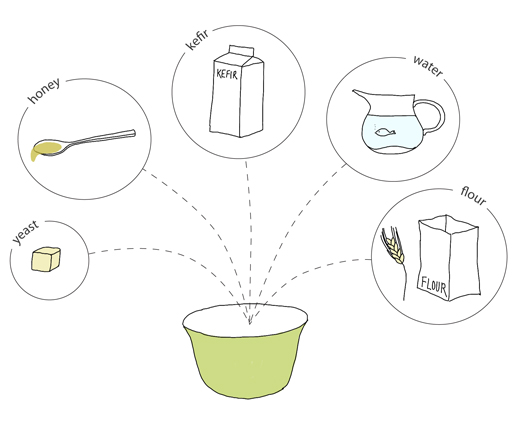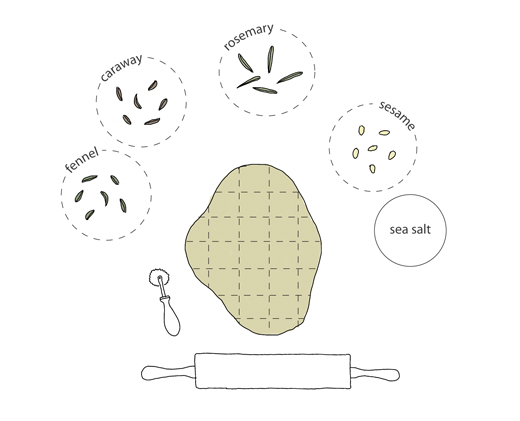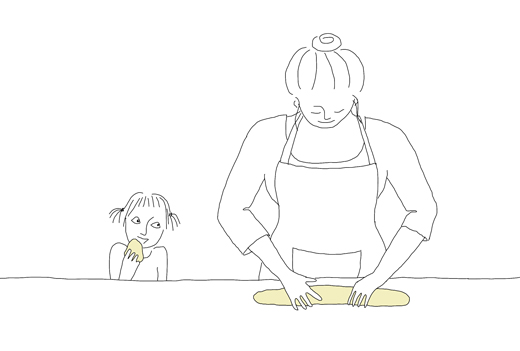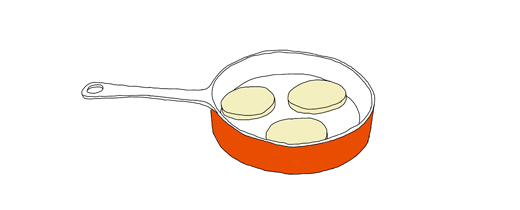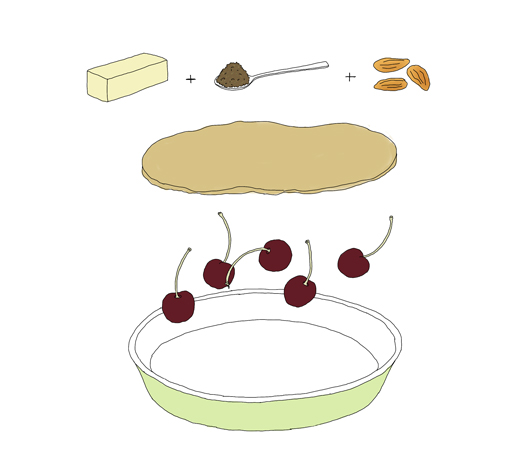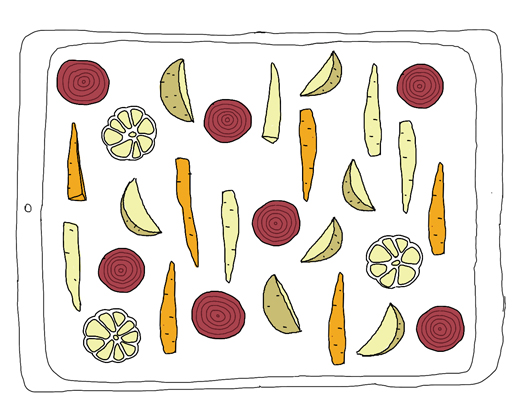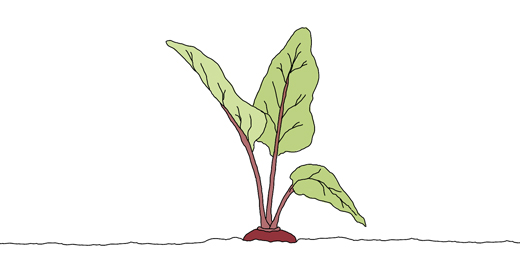This summer a friend asked me what was the maximum temperature that egg yolks should reach while making ice cream. He was a little upset as many ice cream recipes aren’t clear about that. He’d just experienced what happens when you heat up the eggs too high! It separates! As it was a shamelessly long time ago that I made my own ice cream I couldn’t answer him. A few days later when I was reading Johan Kohnke’s Vanilla Ice Cream recipe (below) I was happy to see that he very carefully described every step.
With this guest post I think its time for me to start making ice cream again. I especially love vanilla ice cream, but this recipe can be a fantastic base to add other flavors to. I will definitely make my other favorites: fig, pistachio or salt-licorice. Thanks Johan!
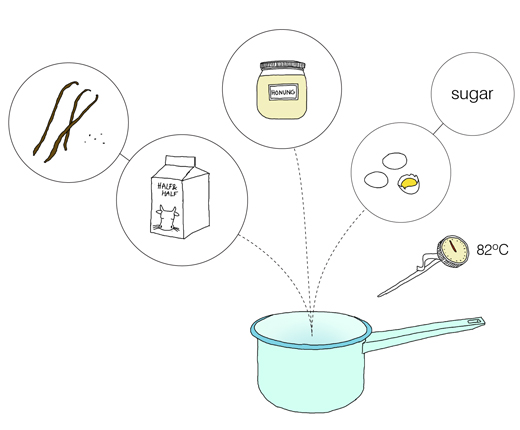
(damn good) Vanilla Ice Cream
by Johan Kohnke
100 years ago, ice cream (and chocolate) became more common in Sweden. Ever since then, the Industry has made efforts to cultivate the taste of ice cream and make it more economically. Still, there are few things in life that beats ice cream made at home. Home-made vanilla ice cream contains cream, sugar, egg yolks and vanilla bean.
At Savoy Hotel, Malmö (Sweden) they always have a bucket of their own vanilla ice cream. It’s served in simple silver bowls. To sneak a scoop from the cold-buffet manageress was the absolute prime joy of the day. You can play with flavors endlessly but I stick to just plain vanilla ice cream. If there are no fresh or frozen berries to serve warm with the ice cream, then a simple chocolate sauce is super. It’s the simplest thing in the world: Mix together one dl sugar, one dl cacao, one dl water. Bring to a boil and let cook to a just thick enough consistency. You can make the sauce any time but the ice cream needs at least two days to be really good.
Vanilla Ice Cream
(about half a liter)
5 dl half & half (or 50 milk and 50 heavy cream)
115 gram egg yolk (grrr so complicated: use about 5-6 egg yolks if you don’t have a scale)
125 gram sugar, (1.75 dl)
17.5 gram honey, (one large table spoon)
one half or a whole vanilla pod (depending on the size and the taste)
Whip sugar and egg yolks until the sugar has dissolved and the batter feels airy.
Scrape out the beans from the vanilla pod and place pod and beans together with the half & half in a saucepan. Heat the cream mixture to just about 100ºC. The liquid should just simmer and not boil. Add the honey.
I have a digital thermometer to specifically control the next step. Pour in the sugar and egg yolk batter. Whip like crazy and let the temperature just reach 82ºC. (Any higher temperature and the ice cream mixture will be wasted!!!) Cool the whole thing immediately in a water bath in your kitchen sink. The temperature should reach 8ºC before placing in the fridge for 8 hours. Its no good skipping this part, I have tried! If you do, you just better buy ice cream instead! The fat in egg yolk needs time to swell, end of story!
Before you run the batter in an ice cream maker, fish out the vanilla pod. Store in the freezer and you have simple vanilla ice cream at hand for your special treats.
The recipe is adapted from the Swedish confectioner Mikael Palm’s ”gräddglass” recipe.
See other posts by Johan Kohnke here on Kokblog.


